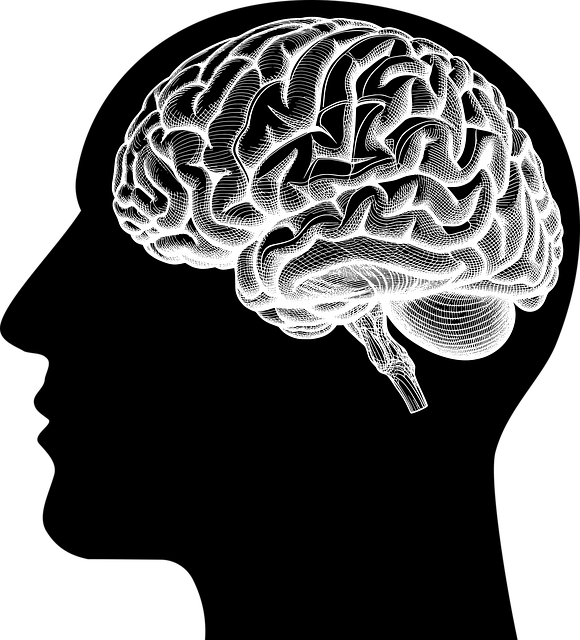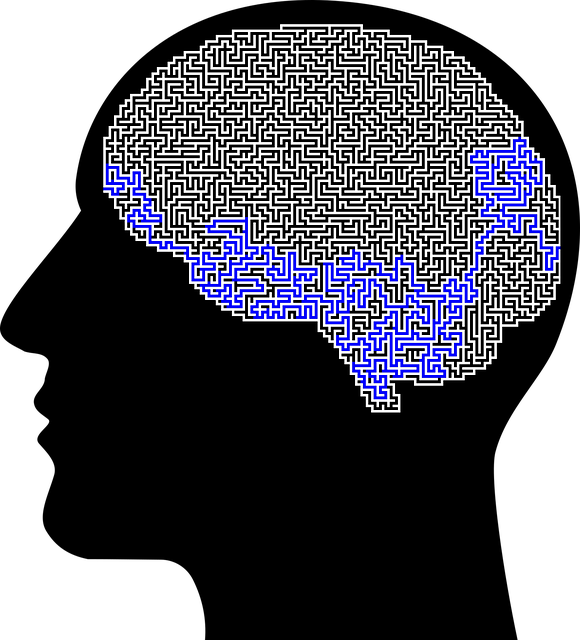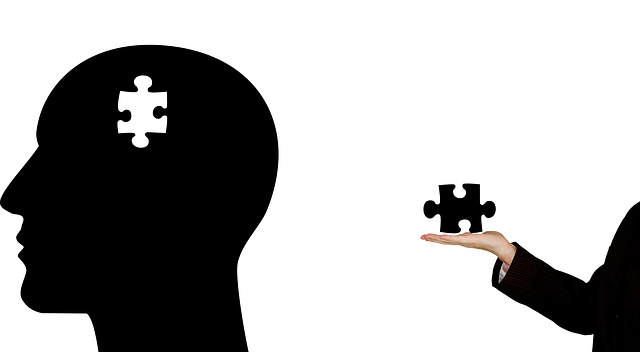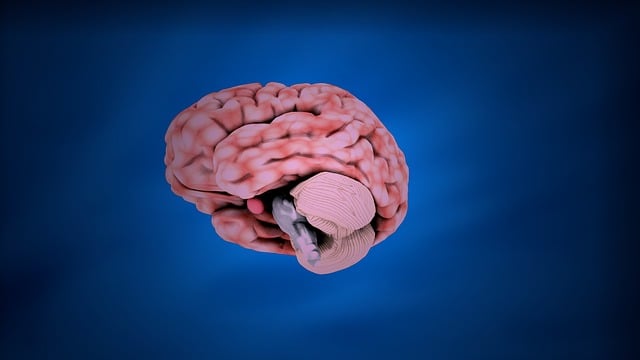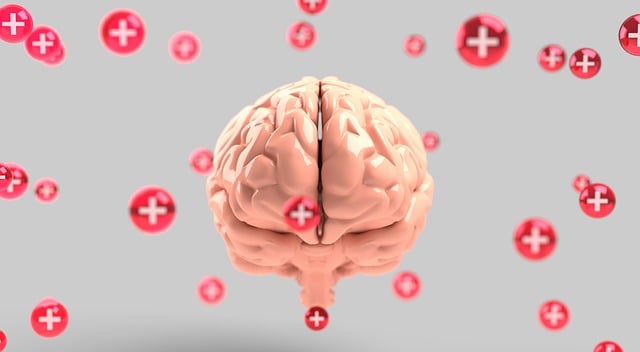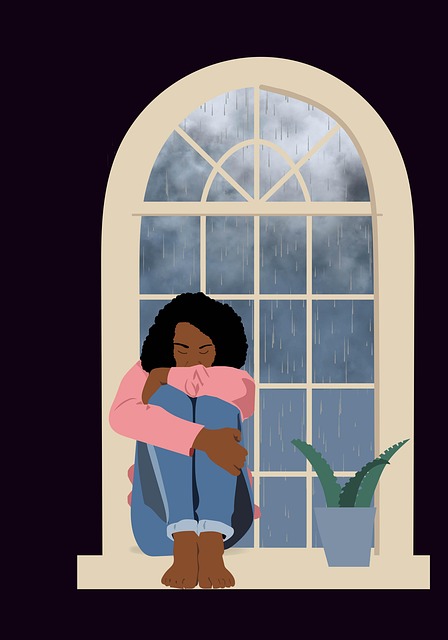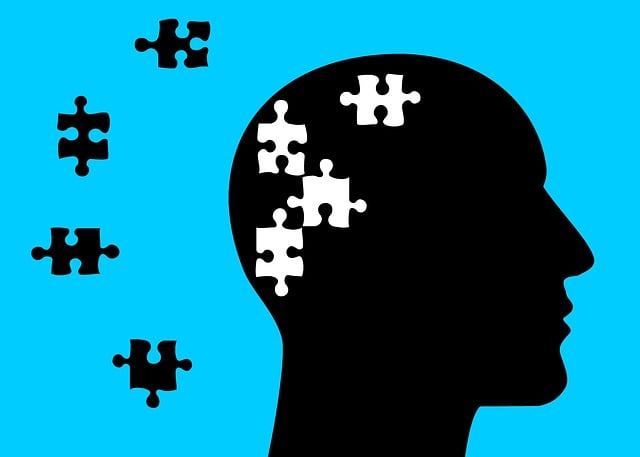The media's portrayal of mental illness, especially complex conditions like Centennial Adjustment Disorder (CAD), is crucial for public perception and mental health support. Inaccurate or stereotypical representations deter individuals from seeking help, leading to untreated disorders. There's a need for authentic CAD portrayals through initiatives like Centennial Adjustment Disorder Therapy, showcasing diverse recovery journeys, successful therapy approaches, and promoting empathy. Collaboration between media and mental health professionals, including individuals with CAD, ensures realistic depictions, challenges stereotypes, and encourages early intervention and better treatment outcomes through accurate risk assessment tools, ultimately fostering a more supportive society for mental health.
In today’s media-driven world, the representation of mental illness on screen significantly influences public perception. This article delves into the current landscape of mental health portrayal, focusing on the impact of stereotypes and misinformation. We explore strategies for more accurate and compassionate depictions, highlighting the role of treatments like Centennial Adjustment Disorder Therapy in fostering change. By examining collaborative efforts, we aim to promote realistic and empathetic media representations, challenging outdated narratives and contributing to a healthier understanding of mental illness.
- Understanding Mental Illness Representation in Media: The Current Landscape
- The Impact of Stereotypes and Misinformation on Public Perception
- Strategies for Accurate and Compassionate Portrayals: A Case for Centennial Adjustment Disorder Therapy
- Fostering Change: Collaborative Efforts for More Realistic Depictions
Understanding Mental Illness Representation in Media: The Current Landscape

The representation of mental illness in media has long been a topic of discussion and criticism. Currently, the narrative often perpetuates stereotypes or simply lacks accurate depiction, leading to limited public understanding. Media platforms, from television shows to films and news coverage, play a significant role in shaping societal perceptions. Unfortunately, many portrayals fall short when it comes to addressing complex conditions like Centennial Adjustment Disorder (CAD). This disorder, characterized by prolonged adjustment issues following traumatic events, is often overlooked or misrepresented.
The media’s challenge lies in presenting mental health issues authentically while offering hope and accurate information. For instance, instead of focusing solely on the symptoms of CAD, there is a growing need for stories that highlight successful therapy approaches like Social Skills Training and Self-Awareness Exercises, promoting anxiety relief and overall well-being. By showcasing diverse recovery journeys, media can contribute to reducing stigma and encouraging individuals to seek appropriate care, including therapy options tailored to their unique needs.
The Impact of Stereotypes and Misinformation on Public Perception

The media’s portrayal of mental illness often perpetuates stereotypes and misinformation, significantly shaping public perception. When mental health conditions are depicted in a simplistic or exaggerated manner, it can lead to misunderstandings and stigma. This is particularly concerning as media influence reaches vast audiences, including those seeking help for their own struggles. For instance, the frequent association of violence with psychosis creates a skewed view, deterring individuals with genuine disorders from pursuing therapy for fear of misclassification or judgment. As a result, many suffer in silence, and the already challenging path to receiving proper Centennial Adjustment Disorder Therapy becomes even more obstructed.
The consequences of these negative representations extend beyond individual harm. They can impact the effectiveness of mental health initiatives by shaping the public’s willingness to engage with services. This is where responsible media representation becomes a game-changer. By presenting balanced narratives that showcase the diverse experiences of those living with mental illness, including their successes and challenges, the media can foster empathy and encourage support. Additionally, promoting accurate risk assessment tools for mental health professionals can help in identifying and addressing issues early, ensuring better anxiety relief and mood management.
Strategies for Accurate and Compassionate Portrayals: A Case for Centennial Adjustment Disorder Therapy

Mental illness representation in media plays a pivotal role in shaping public understanding and perception. For disorders like Centennial Adjustment Disorder (CAD), accurate and compassionate portrayals are essential to dispel myths and foster empathy. CAD, characterized by persistent adjustment difficulties stemming from traumatic life events, often manifests as depression or anxiety. Therefore, Centennial Adjustment Disorder Therapy serves as a crucial tool for media creators and mental health advocates.
To ensure effective representation, public awareness campaigns development should emphasize the nuances of CAD. Incorporating strategies such as Mindfulness Meditation can help normalize coping mechanisms associated with this disorder. By doing so, media narratives can move beyond simplistic stereotypes, offering viewers a more nuanced understanding of mental health challenges. This approach not only contributes to depression prevention but also fosters a culture of compassionate support.
Fostering Change: Collaborative Efforts for More Realistic Depictions

Fostering change in mental health representation requires a collective effort from various stakeholders within the media industry. By collaborating with mental health professionals, individuals living with disorders like Centennial Adjustment Disorder can ensure more authentic and nuanced portrayals on screen. This collaborative approach can lead to more realistic depictions of therapy, recovery, and the human experience behind these conditions.
Incorporating stories that highlight Self-Awareness Exercises, Resilience Building, and Positive Thinking can challenge stereotypes and provide a platform for education and empathy. It is through these efforts that media can move away from simplistic or exploitative representations, fostering a more understanding and compassionate society.
In navigating the current landscape of mental illness representation in media, it’s clear that challenging stereotypes and misinformation is crucial. While progress has been made, such as the increasing awareness of conditions like Centennial Adjustment Disorder Therapy, there remains a need for more realistic and accurate portrayals. Collaborative efforts among industry professionals, healthcare providers, and advocates are essential to foster positive change. By advocating for diverse narratives and promoting understanding, media can play a pivotal role in shaping a more compassionate society, where mental health is treated with the same empathy as physical ailments. Through conscious adjustments and open dialogue, we can move towards a future where media representations accurately reflect the complexities of mental illness.
